Equipment
A Look at Major OEMs’ January Golf Club Patents
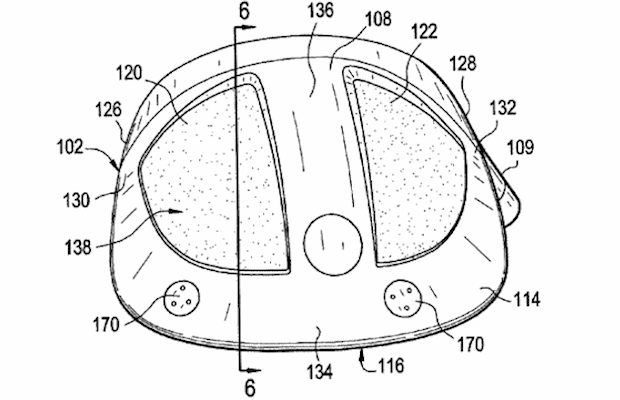
Many of the patents major OEMs apply for with the U.S. Patent and Trademark Office take several months to a year to get published, or made public. In other words, companies begin working on a technology and apply for a patent (if it’s something unique enough that the parties in question believe they alone should profit from for the term of a patent) well before we, the general public, are able to hear about it.
Still, it’s interesting to examine the technologies that some of the highest-paid equipment wonks in the world are working on, even if these specific models never make it market.
Let’s take a look at major OEMs’ published patents from the month of January, starting with what they’ve been working on at Nike’s Oven.
Nike
On January 14th of last year, Nike filed a patent application for a drag-reducing driver head design, which features a series of airfoil surface sections. The design is supposed to improve the club’s aerodynamic performance, and the structures appear intended to reduce drag in the last third of the swing in particular. As the company states, it believes existing “drag-reducing” designs focus too much on the moment of impact, rather than the entirety of the swing in general, and moments of greatest acceleration, in particular.
Further, Nike seems to be paying particular attention to hosel design. As the filing states:
Reducing the drag of the club head not only at the point of impact, but also during the course of the entire downswing prior to the point of impact, would result in improved club head speed and increased distance of travel of the golf ball. When analyzing the swing of golfers, it has been noted that the heel/hosel region of the club head leads the swing during a significant portion of the downswing and that the ball striking face only leads the swing at (or immediately before) the point of impact with the golf ball.
Obviously, the square shape is notable, as well, and is reminiscent of the SasQuatch.
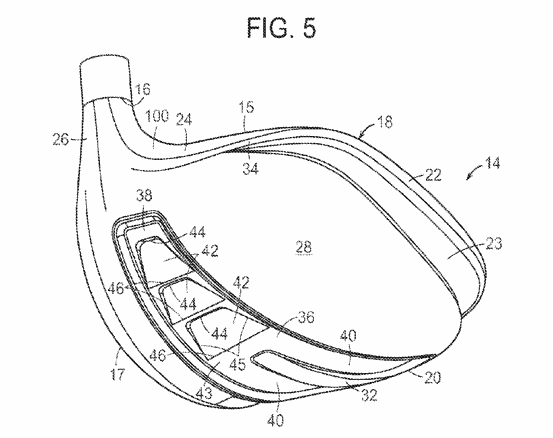
See the full patent filing here.
On April 22, Nike also filed for a patent related to a multi-piece driver head, as well as the method for making said club head. Although the SQ didn’t utilize the same multi-piece construction that Nike references in the patent filing, the design appears very similar to that club, well beyond just the square shape.
As you can see in the two illustrations, the driver is made of several component parts, including the face, and there appears to be additional technology in the sweet spot of the club.
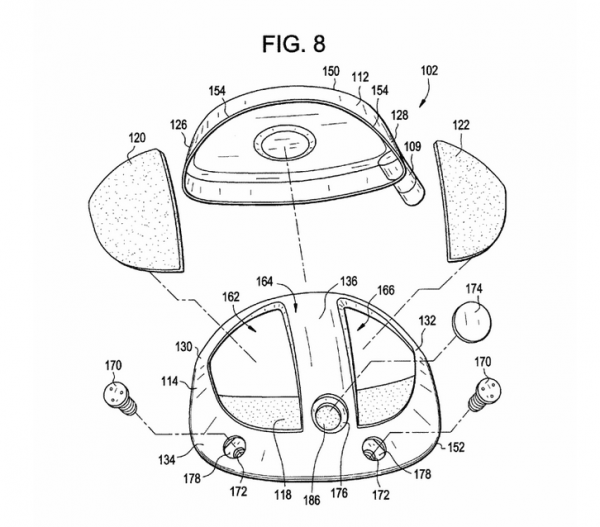
See the full patent filing here.
Customization has been the dominant refrain in the world of golf club technology in the past decade. It’s not surprising then, that a major OEM is looking into technology that allows golfers to adjust the sound of their equipment. In one sense, the ability to adjust the sound of a driver is a new gimmick and a potential industry trend. However, it could be much more. Imagine you’re demoing a driver and love everything but the sound. Imagine, too, you could easily adjust the head to make the sound at impact something you enjoyed. From the company’s standpoint, your ability to do so could make or break a sale.
Nike’s patent, filed on September 3rd, includes technology by which “A user may change the vibrational characteristics associated with the club head when a golf ball is struck, thereby changing the sound emanating from the club head when a golf ball is struck.” The specific means for this adjustment appears to be two screws, indicated in 1520A/1520B in the sketch, and additional technology to occupy the hollow shaft area indicated in 1530A/1530B—possibly a screw of some sort.
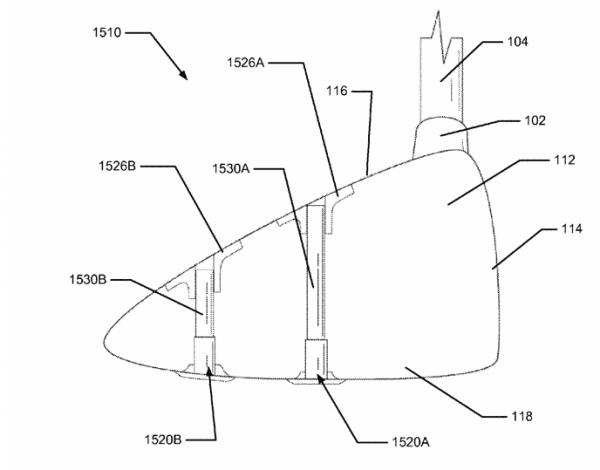
See the full patent filing here.
Callaway
Callaway—recent challengers to TaylorMade’s dominance of all advertising mediums—was recently granted a patent for the golf club head design pictured below. The Carlsbad-based company applied for the club head-related patent on September 24th, and it seems acoustics are a primary concern for this clubmaker as well.
Callaway’s driver features a “a sound modifying sole and crown design,” as well as “club head with face component composed of a metal material for a more efficient transfer of energy to a golf ball at impact, a non-metallic aft-body to control the mass distribution, and a connection between the sole and crown at a location other than the periphery of the club head for altering the frequency, amplitude, and duration of the sound of the golf club head striking a golf ball, as well as improving the rigidity of the head.” In other words, substances joined to optimize distance and produce (for lack of a better term) a good sound.
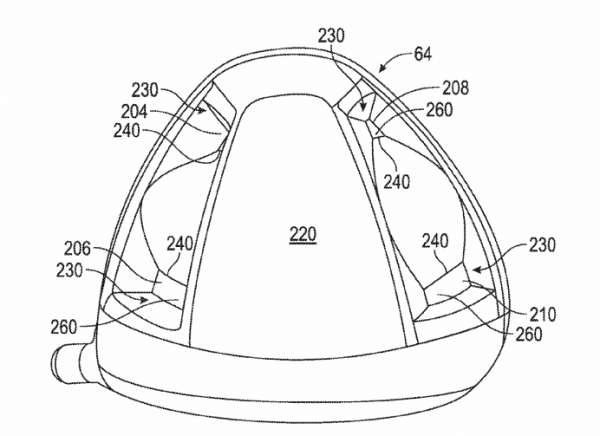
See the full patent filing here.
Titleist
Tileist is pursuing removable weight technology in the form a cap and a slug. Further, “the slug includes an anti-rotation feature that prevents relative rotation between the slug and the receptacle and a lead-in portion.” The design seems to be for a pretty straightforward removable weight positioned in the center of the sole of the club, as well as a mechanism to hold the weight in place.
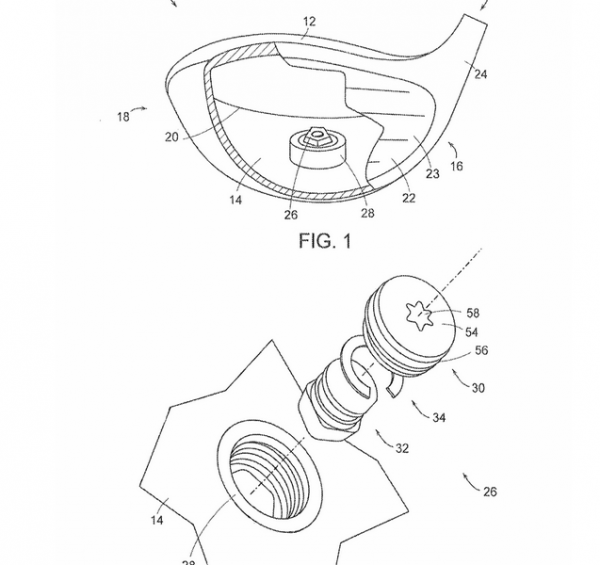
See the full patent filing here.
Cobra
This design from Cobra was one of the more interesting concepts from the January batch of major OEM patents. The company is pursuing a patent for a “golf club head with a top line insert.” What’s interesting about this patent application: It appears to be for an iron. In addition to a traditional cavity in the back of the club, and in contrast to a cavity in the sole of the club, which companies including TaylorMade have implemented recently, Cobra’s design features a filled cavity in the top line of the club.
So, what does this insert do? According to the filing:
The insert has a density that is less than the density of the club head body, and the insert preferably is a light-weight insert. The insert may include one or more damping materials. The recess removes material from the club head, which in turn may do one or more of the following: increase the overall size of the club head, expand the size of the club head sweet spot, lower the club head center of gravity, and/or produce a greater club head moment of inertia.
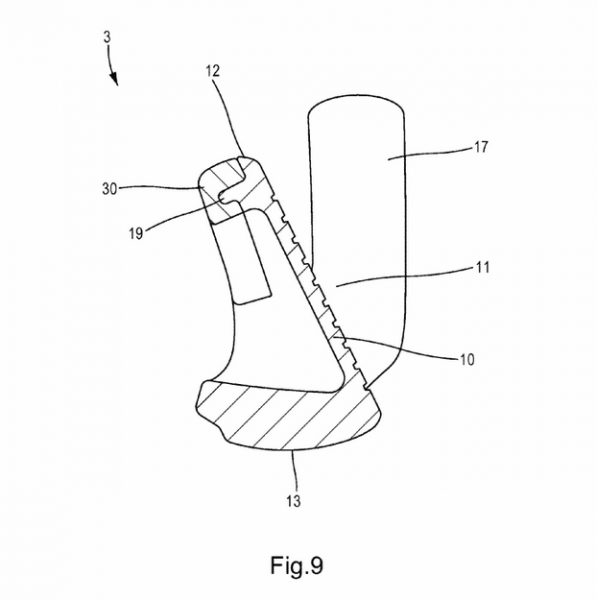
See the full patent filing here.
Ping
Phoenix, Arizona-based Ping was granted a patent for “golf club heads with ribs and related methods.” The company applied for the patent on September 4th.
As the filing indicates, “Ribs have commonly been employed in the crowns of club heads to enable the crowns to be as lightweight as possible while still providing sufficient stiffness in the fore and aft direction.” However, the company also believes “The prior art fails to recognize that a club head having a crown with parallel ribs that uniformly reinforce the face of the club head is not an efficient structure since the club head face is not uniformly loaded but is subjected to essentially a point impact near its center.” Thus, Ping has developed the superior ribbed club head below.
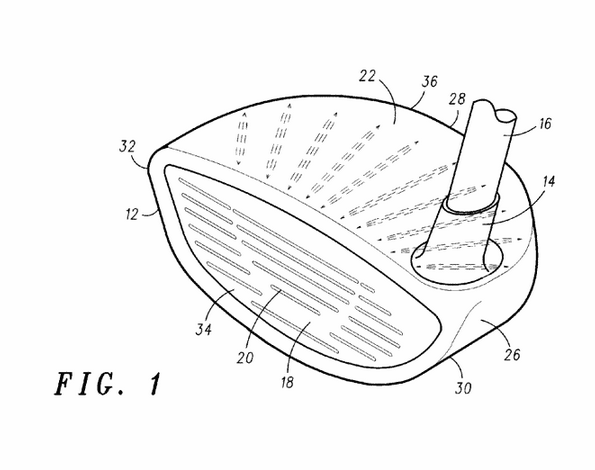
See the full patent filing here.
If you liked this segment, let us know, as we’re considering making it a regular feature. All patent information was obtained through FreshPatents.com.
- LIKE0
- LEGIT0
- WOW0
- LOL0
- IDHT0
- FLOP0
- OB0
- SHANK0
Whats in the Bag
Kris Kim WITB 2024 (May)

- Kris Kim what’s in the bag accurate as of the CJ Cup Byron Nelson. More photos from the event here.
Driver: TaylorMade Qi10 (9 degrees @7)
Shaft: Mitsubishi Tensei 1K White 60 TX
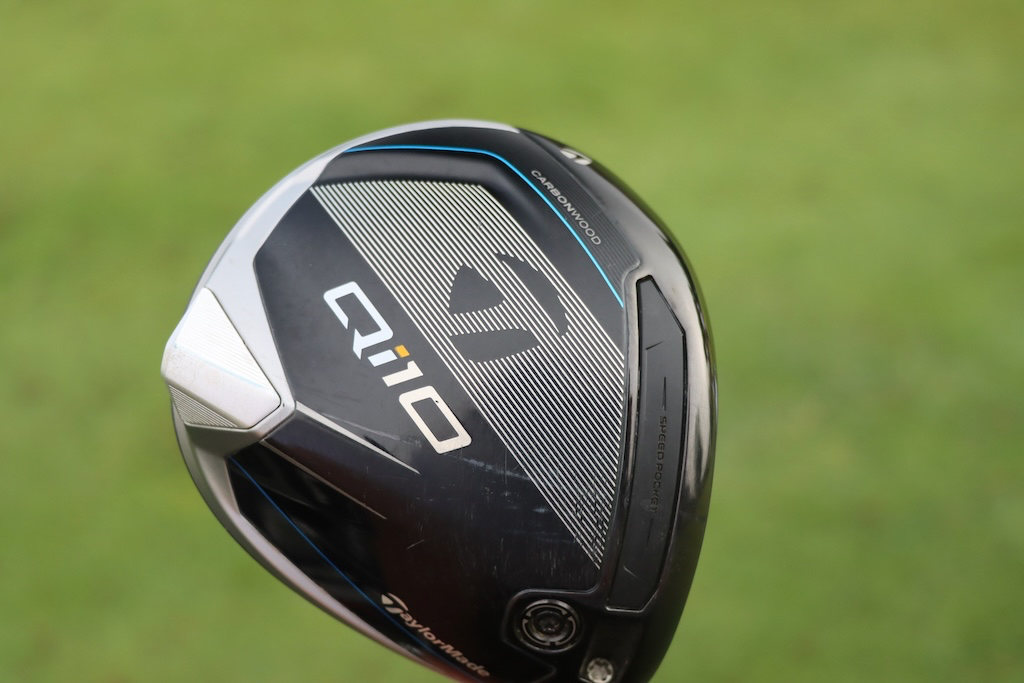

3-wood: TaylorMade Qi10 Tour (15 degrees @13.5)
Shaft: Mitsubishi Diamana WB 73 TX
Irons: TaylorMade P770 (2, 4), TaylorMade P7MB (5-PW)
Shafts: Mitsubishi Tensei 1K White 80 TX (2), Nippon N.S. Pro Modus3 Tour 120 X
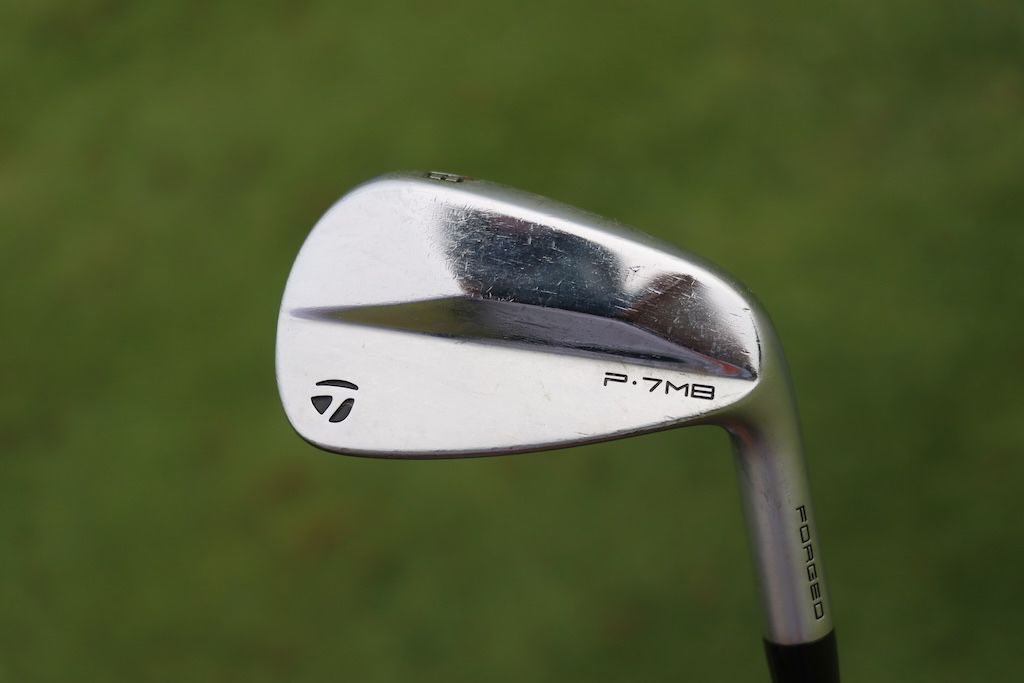

Wedges: TaylorMade MG4 (50-09SB, 56-12SB, 60-11TW)
Shafts: Nippon N.S. Pro Modus3 WV 125
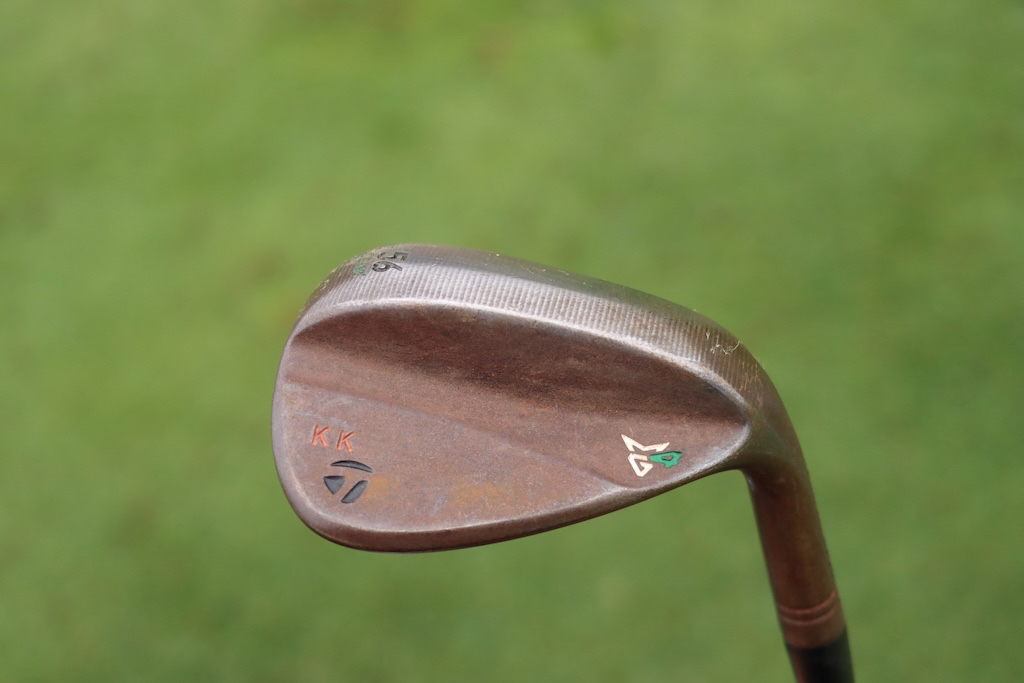

Putter: TaylorMade Spider Tour
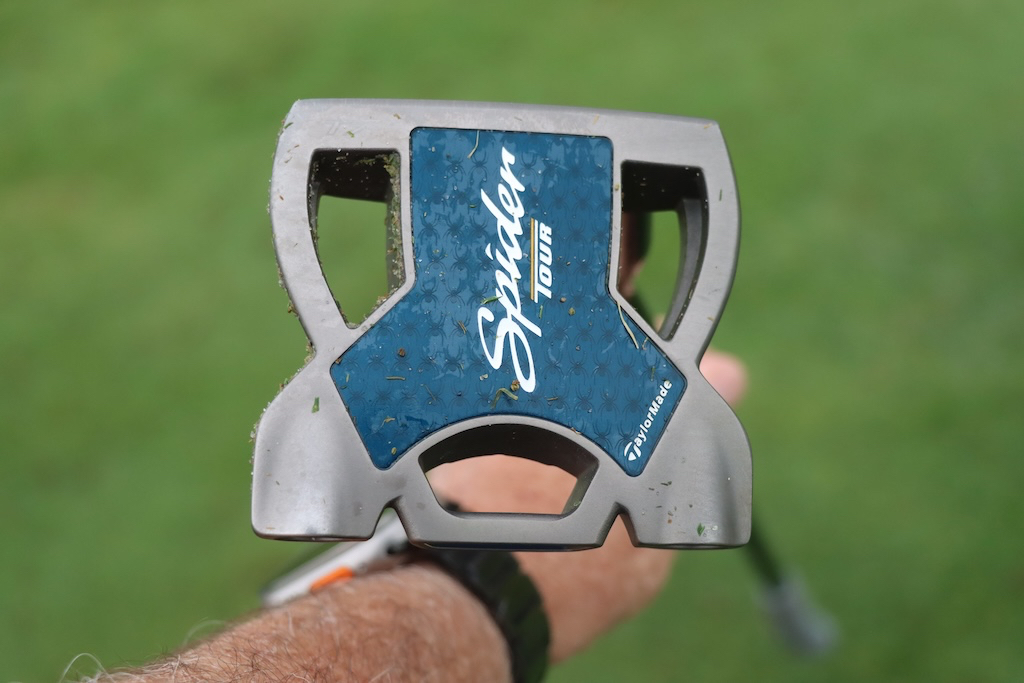
Grips: Golf Pride Tour Velvet Cord
Check out more in-hand photos of Kris Kim’s equipment here.
View this post on Instagram
- LIKE0
- LEGIT0
- WOW0
- LOL0
- IDHT0
- FLOP0
- OB0
- SHANK0
Equipment
Welcome to the family: TaylorMade launches PUDI and PDHY utility irons
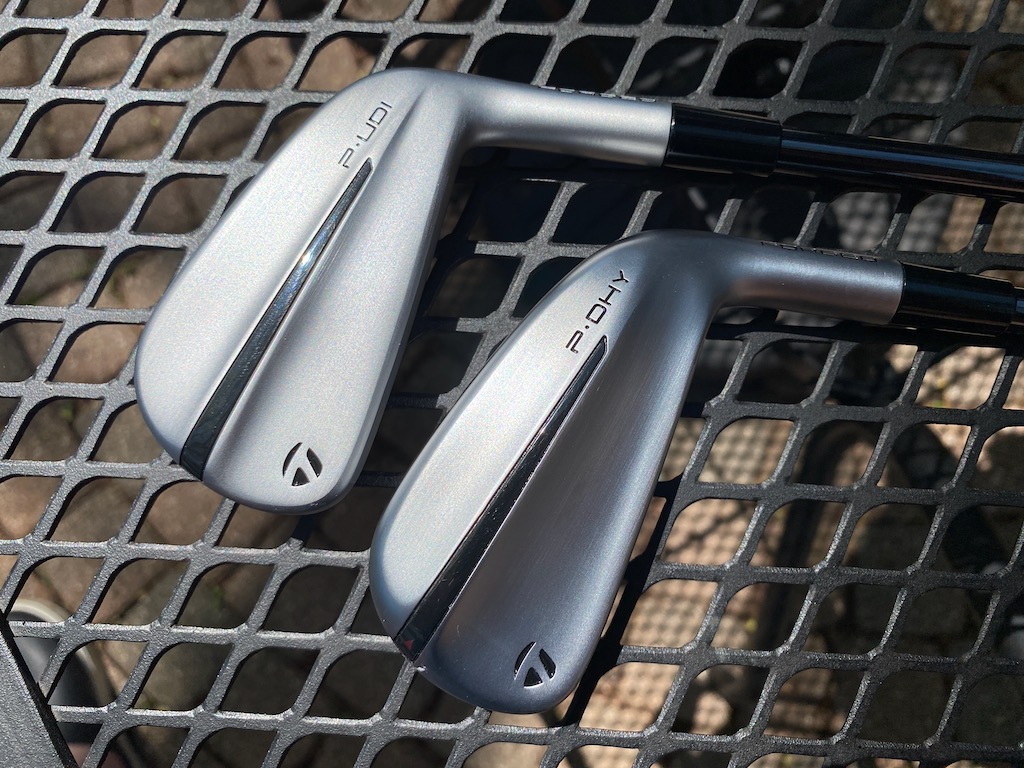
TaylorMade is continuing its UDI/DHY series with the successor to the Stealth UDI and DHY utility irons: PUDI and PDHY (which the company styles as P·UDI and P·DHY). TaylorMade is folding the designs in with its P Series of irons.
TaylorMade outlined the process of developing its new utilities this way. The company started with the data on utility iron usage. Not surprisingly, better players — i.e. those who generate more clubhead speed and strike the ball more precisely — were found to gravitate toward the UDI model. DHY usage, however, covered a wider swath than the company might have expected with six-to-18 handicappers found to be bagging the club.
TaylorMade also found that the majority of golfers playing UDI or DHY utilities were playing P Series irons at the top of their iron configurations.
Can you see where this is going?
Matt Bovee, Director of Product Creation, Iron and Wedge at TaylorMade: “As we look to the future, beyond the tech and the design language, we are excited about repositioning our utility irons into the P·Series family. P·UDI is an easy pair for players that currently play P·Series product and P·DHY is an extremely forgiving option for players of all skill levels. It is a natural fit to give these players the performance in this category that they are looking for.”
View this post on Instagram
TaylorMade PUDI
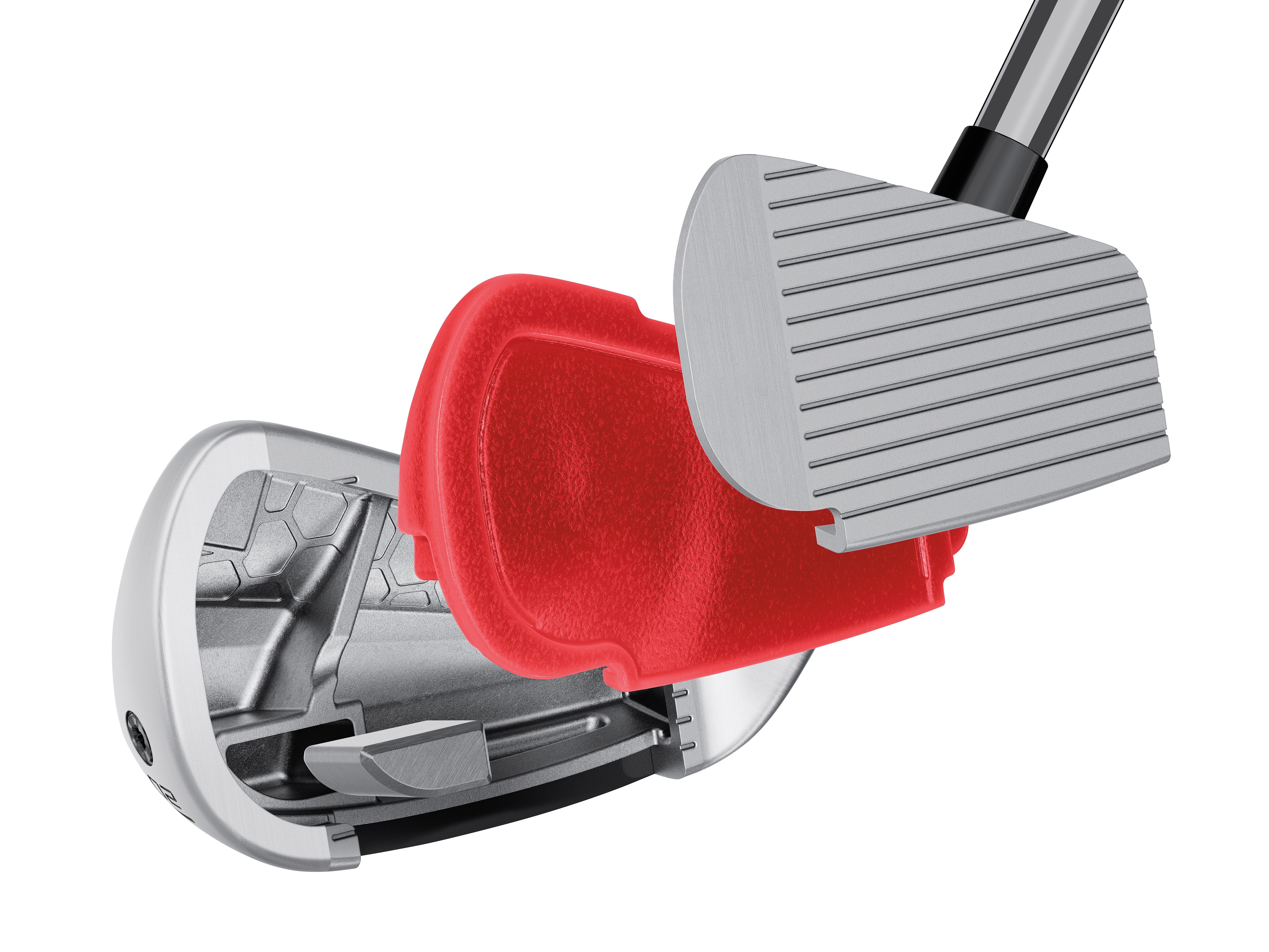
TaylorMade PUDI technology cutaway (via TaylorMade)
Crafted with tour player input, TaylorMade sought to develop a confidence-inspiring utility iron that blends with the rest of the P Series irons. Also of note: Interestingly, the PUDI has a more compact head than the P790.
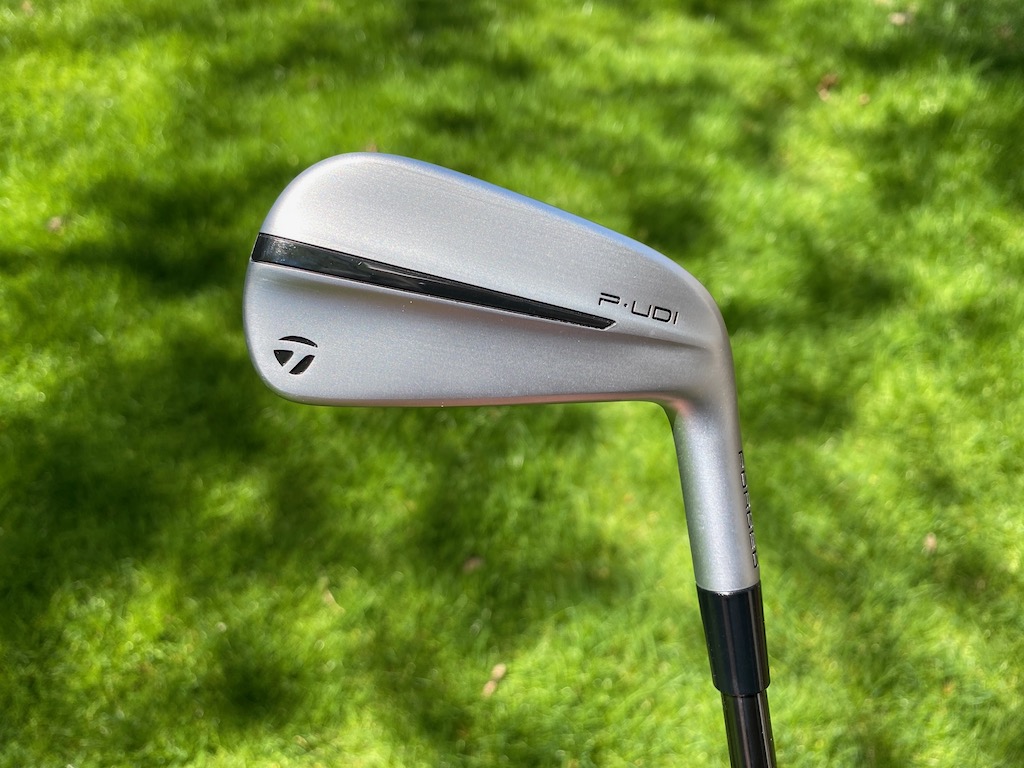
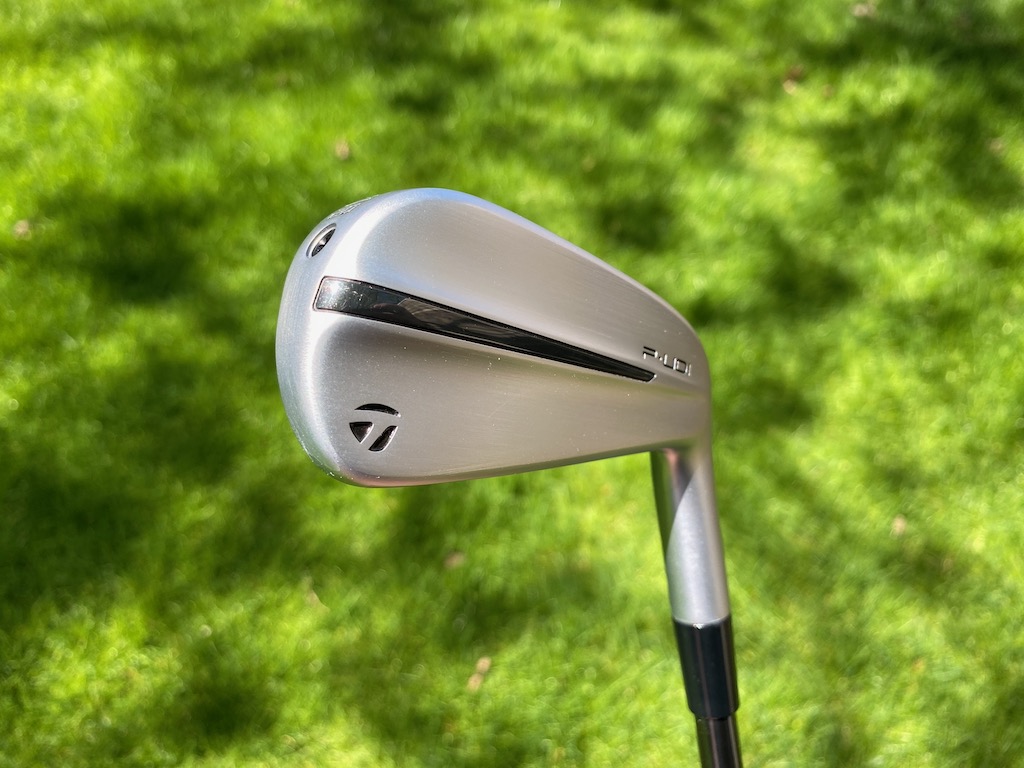
In comparison to past UDI products, the PUDI has a more traditional iron shape, slimmer toplines, and less offset with a little of the backbar visible at address.
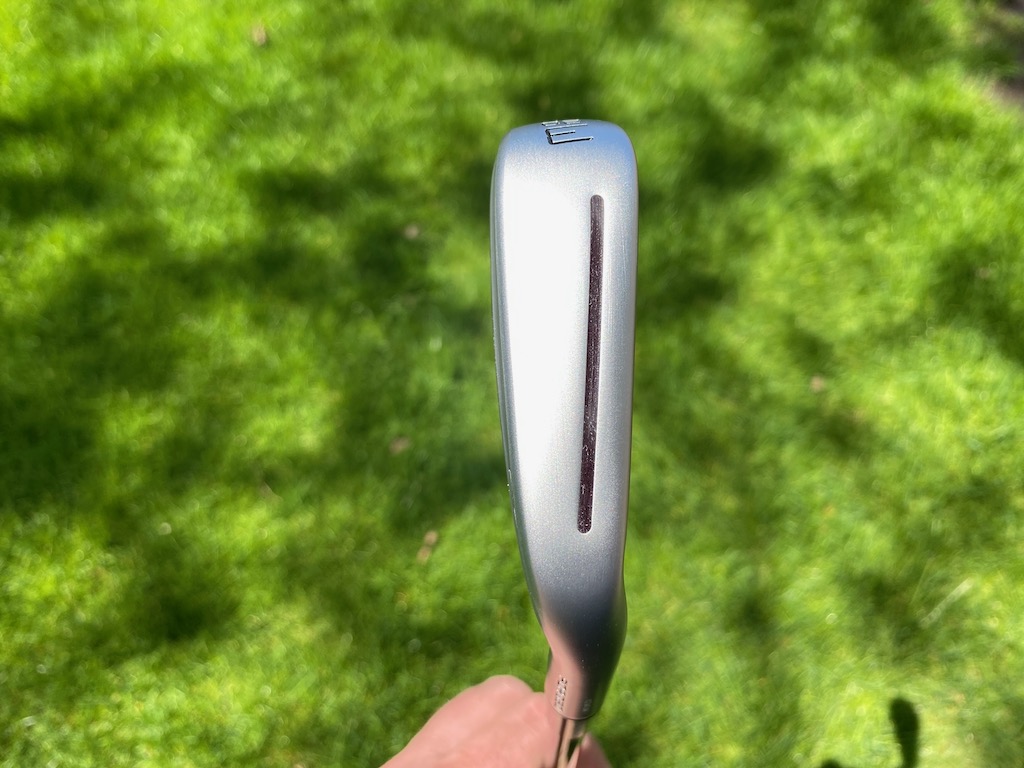

TaylorMade PDHY
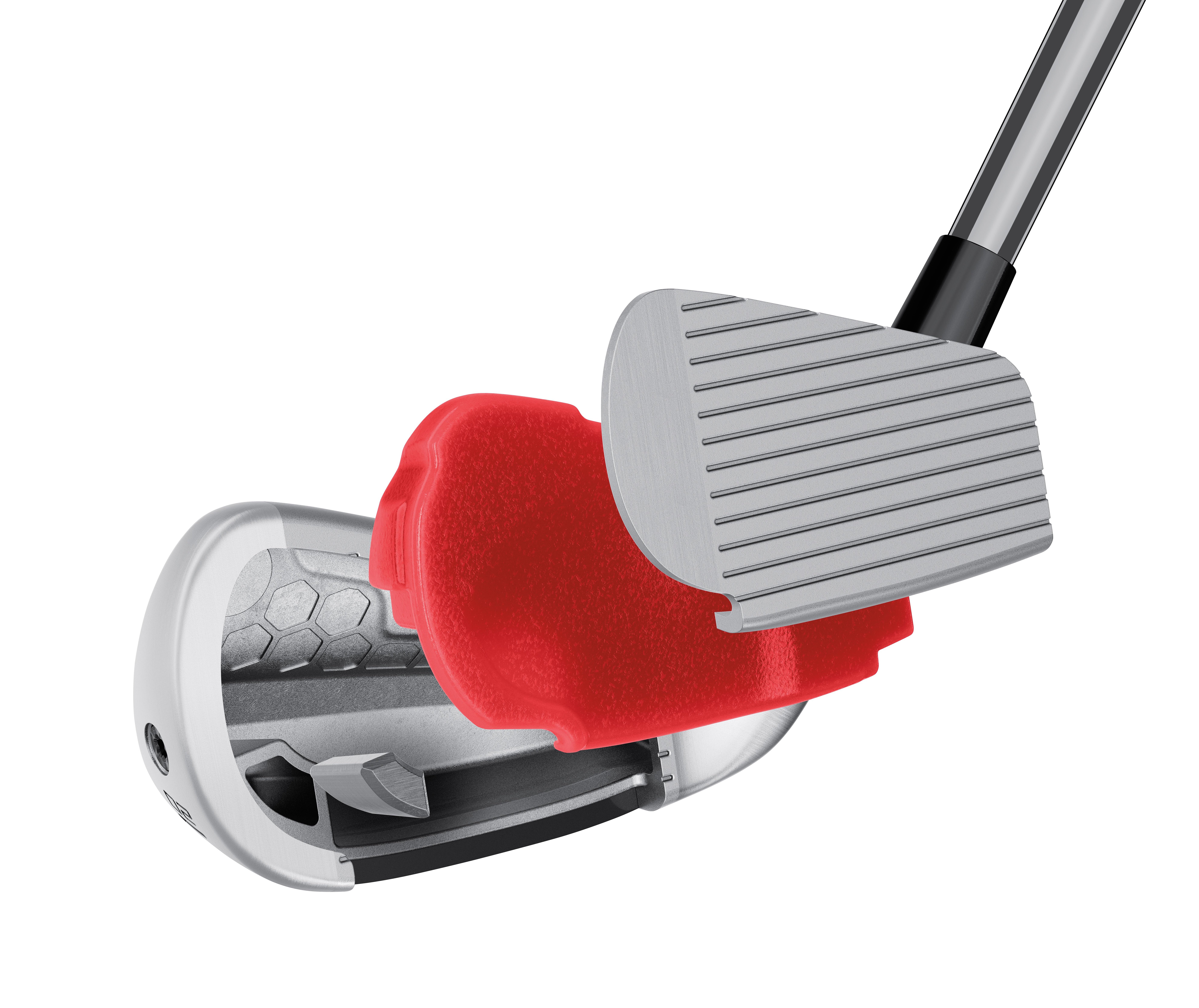
TaylorMade PDHY tech cutaway (via TaylorMade).
Larger in profile than the PUDI, the PDHY seeks to position center of gravity (CG) lower in the club for ease of launch. The toe height is larger and the profile is larger at address — roughly five millimeters longer than PUDI — the sole of the club is wider for improved forgiveness.
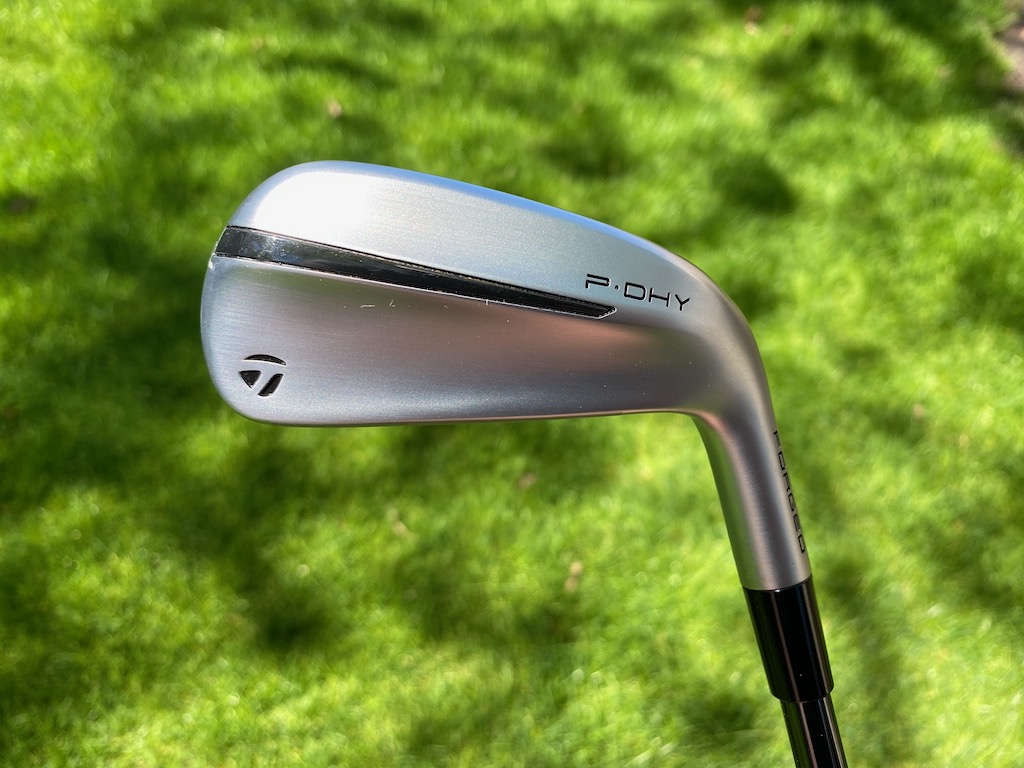



Club Junkie’s take
Golfers who feel like they are missing something at the top of the bag could find the PUDI or PDHY a great option. The look of the PUDI should fit the most discerning eye with a more compact look, less offset, and a thinner topline. If you want a little more confidence looking down the P-DHY will be slightly larger while still being a good-looking utility iron.
For being small packages both models pack a pretty good punch with fast ball speeds, even off-center. The feel is soft and you get a solid feel of the ball compressing off the face when you strike it well. Your ears are greeted with a nice heavy thud as the ball and club come together. The PDHY will launch a little higher for players who need it while the PUDI offers a more penetrating ball flight. Both utility irons could be the cure for an open spot in the top end of the bag.
PUDI, PDHY, or Rescue?
TaylorMade offers the following notes to assist golfers in filling out their bags:
- PUDI has mid-CG right behind the center face to create a more penetrating mid-to-low ball flight
- PDHY has a lower center of gravity to produce an easier-to-launch mid-to-high ball flight.
- Both PUDI and PDHY are lower-flying than the company’s hybrid/Rescue clubs.
- PUDI is more forgiving than P790.
- PDHY is the most forgiving iron in the entire TaylorMade iron family
Pricing, specs, and availability
Price: $249.99
At retail: Now
Stock shafts: UST Mamiya’s Recoil DART (105 X, 90 S and 75 R – only in PDHY)
Stock grip: Golf Pride’s ZGrip (black/grey)
PUDI lofts: 2-17°, 3-20°, 4-22° in both left and right-handed
PDHY lofts: 2-18°, 3-20° and 4-22° in both left and right-handed
- LIKE15
- LEGIT4
- WOW3
- LOL3
- IDHT1
- FLOP2
- OB2
- SHANK5
Equipment
Coolest thing for sale in the GolfWRX Classifieds (5/3/24): Scotty Cameron Champions Choice 2.5+ putter

At GolfWRX, we are a community of like-minded individuals that all experience and express our enjoyment of the game in many ways.
It’s that sense of community that drives day-to-day interactions in the forums on topics that range from best driver to what marker you use to mark your ball. It even allows us to share another thing we all love – buying and selling equipment.
Currently, in our GolfWRX buy/sell/trade (BST) forum, there is a listing for a Scotty Cameron Champions Choice 2.5+ putter
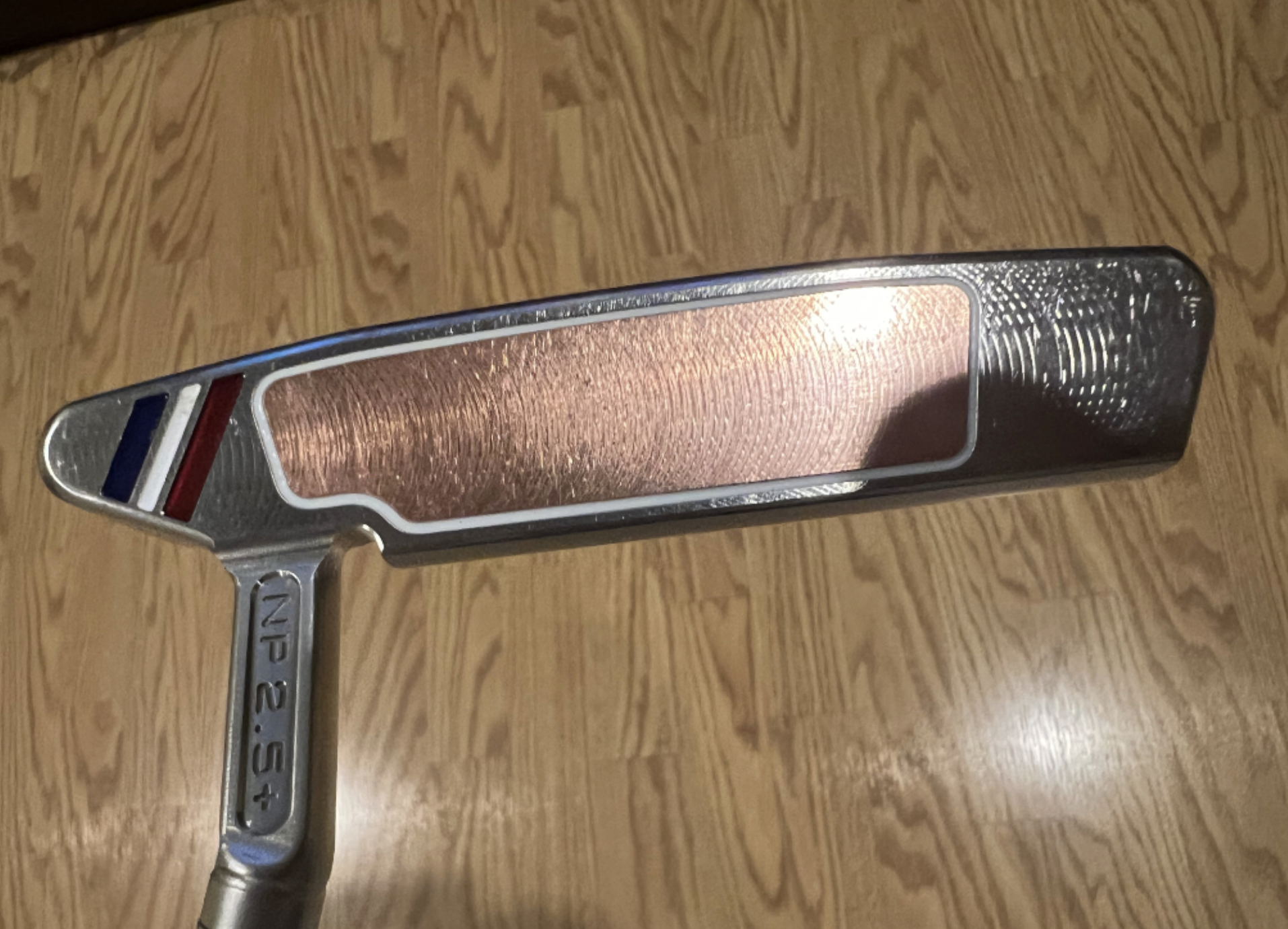
From the seller: (@wwcl): “Has been gamed as pics show. 33.5 includes original h/c and grip. $575 includes shipping and PP fees.”
To check out the full listing in our BST forum, head through the link: Scotty Cameron Champions Choice 2.5+ putter
This is the most impressive current listing from the GolfWRX BST, and if you are curious about the rules to participate in the BST Forum you can check them out here: GolfWRX BST Rules
- LIKE1
- LEGIT1
- WOW0
- LOL0
- IDHT0
- FLOP0
- OB0
- SHANK0
-

 19th Hole2 weeks ago
19th Hole2 weeks agoJustin Thomas on the equipment choice of Scottie Scheffler that he thinks is ‘weird’
-

 19th Hole2 weeks ago
19th Hole2 weeks ago‘Absolutely crazy’ – Major champ lays into Patrick Cantlay over his decision on final hole of RBC Heritage
-

 19th Hole3 weeks ago
19th Hole3 weeks agoTwo star names reportedly blanked Jon Rahm all week at the Masters
-

 19th Hole3 weeks ago
19th Hole3 weeks agoReport: LIV Golf identifies latest star name they hope to sign to breakaway tour
-

 19th Hole3 weeks ago
19th Hole3 weeks agoNeal Shipley presser ends in awkward fashion after reporter claims Tiger handed him note on 8th fairway
-

 19th Hole3 weeks ago
19th Hole3 weeks agoBrandel Chamblee has ‘no doubt’ who started the McIlroy/LIV rumor and why
-

 19th Hole1 week ago
19th Hole1 week agoLET pro gives detailed financial breakdown of first week on tour…and the net result may shock you
-

 Equipment3 weeks ago
Equipment3 weeks agoJason Day on his recent switch into Srixon ZX5 and ZX7 Mk II irons

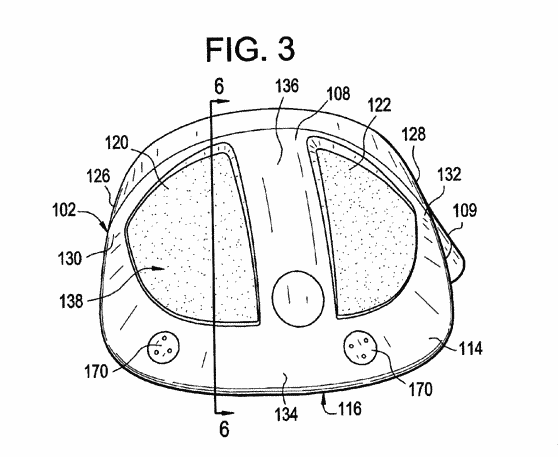


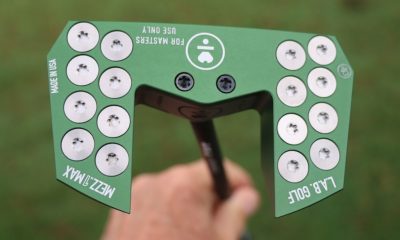

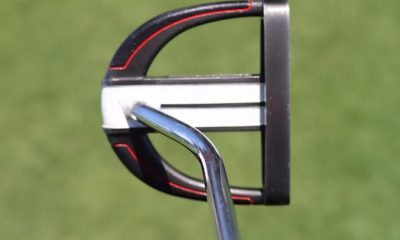



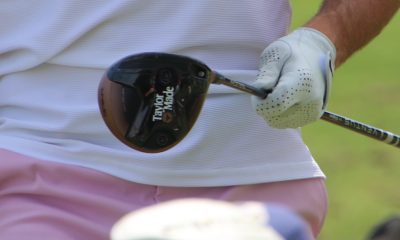

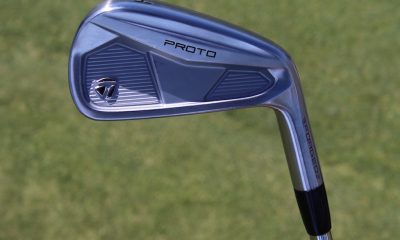

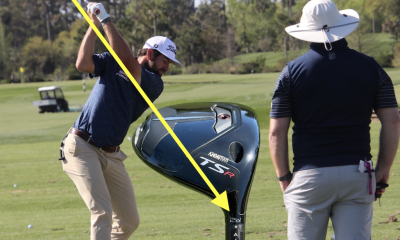















dave dawsey
Feb 3, 2014 at 7:18 pm
For all of those that are interested, there is an entire blog directed to this; see http://www.Golf-Patents.com
Ben Alberstadt
Feb 3, 2014 at 7:43 pm
Fancy that it’s your blog… Thanks for bringing this to the readers’ attention though.
dave
Feb 4, 2014 at 10:07 am
Fancy that, couldn’t be where the idea came from… Thanks though, imitation is the sincerest form of flattery.
Chris
Feb 2, 2014 at 3:02 pm
I love that WRX has someone checking up on these things as there is no way I would do it personally. Does anyone follow up to see how long it takes these patents to come to life??? For instance, these patents passed through this year, so when will we see these clubs?
Aldo
Feb 2, 2014 at 1:49 pm
Inferesting article. Make it a regular feature!
Birdie Bob
Feb 2, 2014 at 11:27 am
Keep them coming!!
BB
yo!
Feb 2, 2014 at 10:47 am
Interesting article for someone interested in the tech behind clubhead design. To change the way a driver sound is interesting because many players can be put off buying a driver due to its sound at impact.
christian
Feb 2, 2014 at 9:09 am
Why are patent filings done with what looks like hand drawn pictures on a napkin?
Bill
Feb 2, 2014 at 10:37 pm
This is a requirement of the US Patent office.
corey
Feb 3, 2014 at 8:36 pm
bill is right, those basic looking drawings are actually very difficult to draw. the reason being is that they are done by hand and every part of the drawing has to be to scale. thats the reason people who do those drawings will usually charge around $200 a page
Ben Alberstadt
Feb 1, 2014 at 6:09 pm
Thanks for the kind words, all! It was a piece I thought might work well and that I’m happy to do again in the future. Many thanks for the feedback!
GolfWRX
Feb 1, 2014 at 4:55 pm
I love the article!
RG
Feb 1, 2014 at 3:34 pm
Great article once again Ben!
Steve
Feb 1, 2014 at 3:31 pm
I think this should be an included feature as often as possible. Would make for great discussion and a little insight on what may be coming out. Always cool to see what these guys are coming up with next.
That Titleist patent looks like it would create something like the Callaway BBA with a changeable weight changing the COG. I like it!
robby
Feb 1, 2014 at 1:45 pm
Very interesting!
Christopher Barnes
Feb 1, 2014 at 12:44 pm
very interesting – great segment into the science of the game